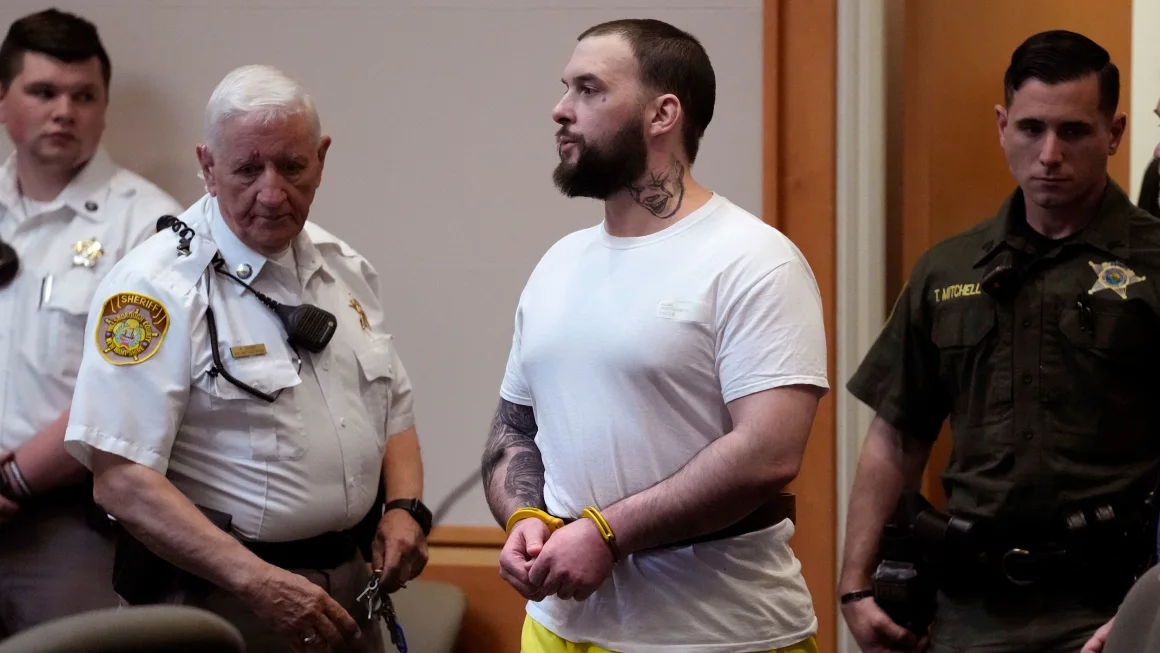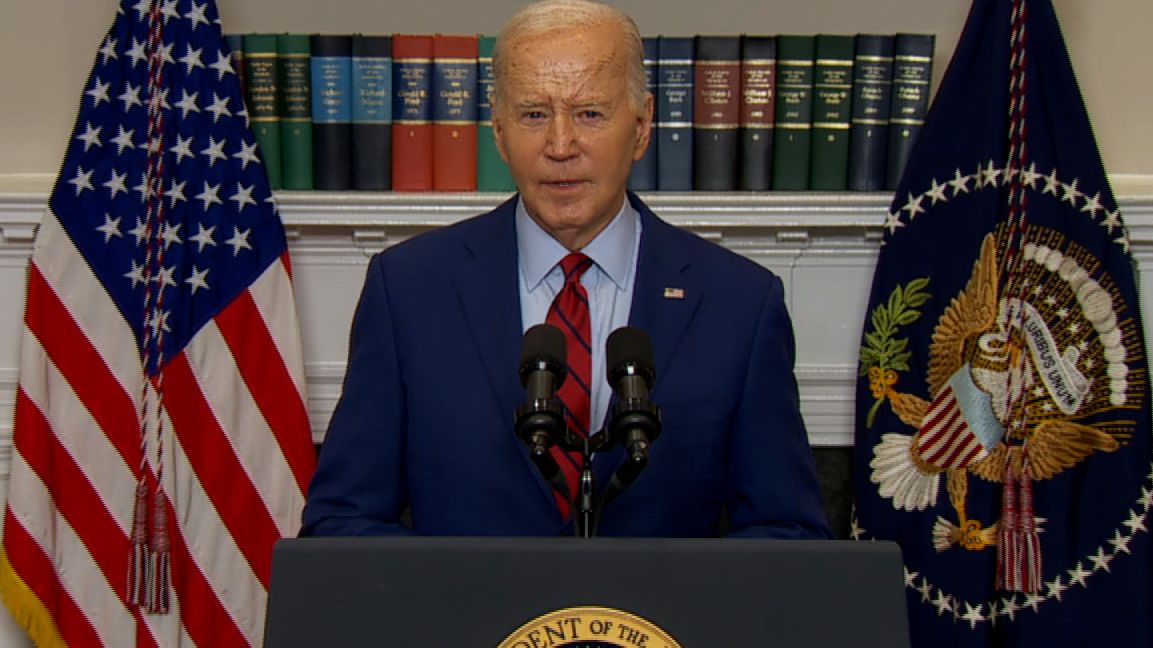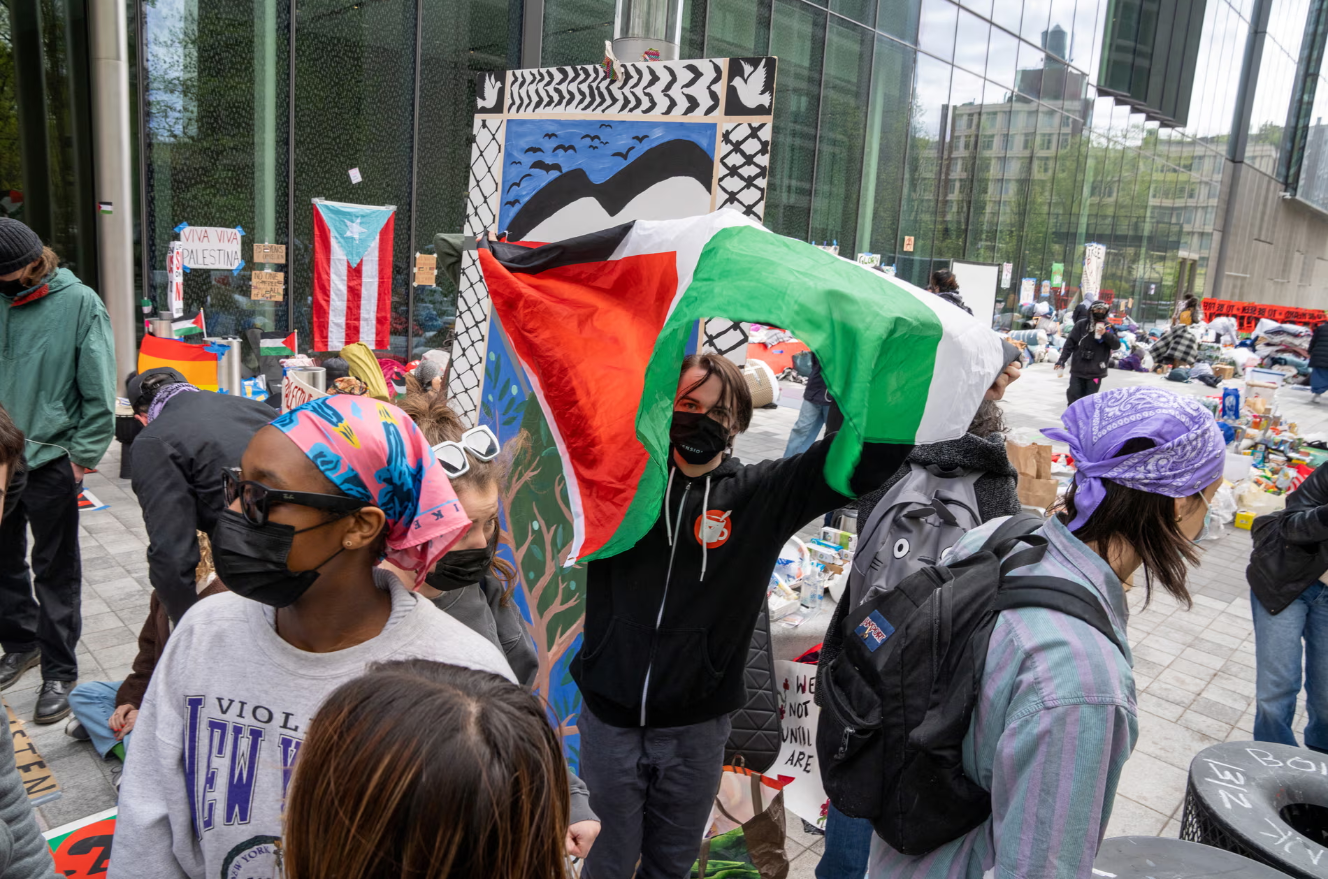This article is more than
8 year oldWorld Trade Center mall offers chance to reflect on 9/11 – with retail therapy
’m going to Shake Shack, specifically the one in the new Westfield World Trade Center mall, desperate to sample a burger designed by and bearing the name of Today Show presenter Al Roker. I’m told that this burger has been smothered with pulled pork, which intrigues me greatly, but on my way there my attention is diverted by a peculiar sight: a store ominously titled the Freedom Wine Cellar.
We were told many things in the days after 9/11 – that they hated us for our freedom, that the evildoers would be brought to justice, and most importantly, that we needed to go shopping. The highest form of patriotism was buying a boat, or a few hundred dollars worth of clothes we didn’t need. Our protectors – George W Bush, Rudolph Giuliani – were the equivalent of Ivana Trump imploring the women of the film the First Wives Club to not get mad, but to “get everything”.
And now, 15 years on, “everything” can be bought on the very parcel of ground where America’s greatest modern collective trauma unfolded. The Westfield World Trade Center, which opened last month, offers us a most baroque form of retail therapy.
A Time magazine article from 2013 cited a study (paid for by the online shopping portal Ebates.com) which claims that 52% of Americans engage in retail therapy – the act of purchasing goods to ease feelings of sadness. The World Trade Center site has been finely calibrated to offer that experience, and so much more.
There’s the chilling memorial fountains where the towers once stood that have launched a thousand cheerful selfies. There’s even a gift shop where one can purchase a piece of 9/11 memorabilia. The clerks there might be the saddest employees I have ever witnessed – forced to relive the infamous date over and over again through videos of first responders and city officials discussing the attacks playing on a loop on giant monitors.
I bought a coffee mug. It was the least I could do.

Naturally, I’m feeling a bit down as I traverse this latest piece of the multibillion-dollar WTC redevelopment project – which is why I’m so dead-set on waiting in the interminable line for the Al Roker burger. You see, I don’t shop to improve my mood. I eat. And sometimes, I drink.
Fortunately, the Westfield has both of those options, as the Wine Cellar makes clear. A portion of all proceeds must go to supporting the worthy cause of freedom, I say to no one in particular, otherwise why the incongruous name? Is there anything in this world that inspires freedom less than an addictive substance like alcohol? I suppose Freedom Discount Cigarettes would qualify. It’s closed when I arrive, a nondescript exterior that reveals a wine barrel-shaped interior if you’re lucky enough to get there during business hours. Freedom isn’t free, and it’s also not available on the weekend.
The first thing you’ll want to do inside the new Westfield mall adjacent to the World Trade Center memorial site is not to shop. In fact, shopping might be the last thing on your mind. The Westfield is part shopping center, part transportation hub. Fulton Center, nearby, is a more traditional complex with multiple subway station entry points and home to my new favorite patriotic liquor store. The only signifier telling visitors that they are dangerously close to the site of a mass murder is the armed guards. They chit-chat, grab a few moments of respite and direct hapless visitors around the labyrinthine building (it takes a moment to realize that the line for Shake Shack starts a floor below the actual Shake Shack).
But the real draw is a heavenly monstrosity called the Oculus. When viewing it in the right light, one could be forgiven for thinking an angel had crashed to Earth and landed facedown on the concrete. Promotional material on the Westfield website says that the Spanish architect Santiago Calatrava’s design for the Oculus was “inspired by the image of a dove being released from a child’s hand”. In reality, it resembles an exposed ribcage from the outside and a refurbished set from Logan’s Run or Conquest of the Planet of the Apes on the inside. It’s so white, futuristic and ethereal that you might find yourself thinking you had died and St Peter was waiting to ring you up at Banana Republic.
Going deeper into the Oculus, you arrive at a cluster of stores. I walked through once during a regular workday and once on a Saturday afternoon and in both instances, stores were lightly trafficked. Where was the Pinkberry, I asked myself? Wetzel’s Pretzels? At least there was an Apple Store so that I might charge my hungry iPhone, sapped of its strength by my unnatural compulsion to take pictures every 15 minutes or so. The busiest area is the observation deck, high above the main shopping floor, which affords the intrepid tourist an ideal backdrop for photos, videos, snapchats, vines, and the like.

Befitting an expensive, high-concept mall that could be mistaken for the Judeo-Christian interpretation of the afterlife, the stores inside the Oculus are mostly high-end and unapproachable – there’s a John Varvatos, a Kate Spade, and a store called Reiss that sells blazers that cost more than my television – and I avoid them as I wander. When I think of the benefits of retail therapy, I imagine an H&M or a Zara – shops that sell disposable clothes at low prices. You can peruse the floor for an hour, then leave with a bag full of junk that will fall apart or go out of fashion in a year, for around $100. Retail therapy, one would think, is not pressing your wet pleb nose against the window of a Mont Blanc until an underpaid clerk swats you away with a rolled up copy of the New York Post. It’s impulsive and transitory happiness, a brief whiff of the infinite possibilities of a new trenchcoat.
I remember I need a birthday gift for my father-in-law, so I slink into the Art of Shaving, a store dedicated to, you guessed it, the sacred act of removing hair from one’s face. I’m one of three patrons, then quickly one of one. The sales associate, Richard – young, tall, black, and impeccably dressed – is eager to please. “Do you shave much?” he asks me. I have a beard, but I remark that I’m considering ditching it. My face has been overtaken by gray hairs and a quick shave strikes me as a more efficient means of dealing with this problem than the indignity of purchasing and applying Just for Men. “No, you look fine,” he responds when I mention the grays, buttering me up for an easy sale. He directs me toward a shelf of beard tonics and conditioners that no one actually needs, but offer the illusion that you’re getting your life in order and grooming yourself like a real man would. This is retail therapy at its finest.
I point to a travel-sized case of assorted potions. “Oh, that’s great, because they’re TSA-approved bottles,” he offers, unsolicited. I suppose he can tell I’m a traveller. Why else would I be in this mall? “That’s funny, you know,” I say, “since this was built on the World Trade Center site.” His smile curdles in befuddlement. “Because we wouldn’t have those restrictions if it weren’t for the attacks. It must be weird working here.” Part of me thinks he’s about to reach for a taser to subdue me. I realize not everyone in the Westfield is preoccupied with thoughts of the terror attacks that the Oculus is meant to memorialize. In fact, I’m sure I’m the only one in the building that owns a copy of the 9/11 Commission Report.
“I just don’t think about it,” Richard says. “It feels like just a regular mall. Then again, I wasn’t here when it happened.” I nod gently. “I think I’ll take the beard conditioner.”
Like Richard, I wasn’t in New York on 9/11. I was safely in Merced, California – an old air force town that is most famous for its proximity to Yosemite national park and for being the birthplace of the actress Janet Leigh. Still, the memories of that day consume me – not even a hamburger or a sack of graphic tees can distract from my memories of how it felt to watch the towers fall.
The Westfield website tells us that Calatrava and Daniel Libeskind, the head planner for the WTC site, designed the Oculus so that every year on 9/11 at 10.28am Eastern time, a beam of light will penetrate the opening in the roof of the building, dividing the structure in half. After it’s over, shoppers will be able to go back to doing what Americans do best – moving on.
Sadly, the Al Roker burger is no longer available to cheer you up.
Keywords
Newer articles
<p>Porn star Stormy Daniels has gone to town on Donald Trump in court saying “nobody would ever want to to publicly” admit they had sex with the former president.</p>
Justin Bieber announces huge personal news
Kendrick Lamar Beat Drake By Being Drake
How Kendrick Lamar and Drake changed rap beefs forever Rapid-fire releases and fast pace of modern life elevate diss war to levels unparalleled in hip-hop history.
Miss Teen USA resigns days after Miss USA departure
UN assembly urges Palestine membership after vote
Sean 'Diddy' Combs asks judge to reject lawsuit alleging rape of 17-year-old girl in 2003
Justin Bieber and wife Hailey drop major announcement after crying photos cause concern
Taylor Swift concert photo horrifies internet
Ukraine finds itself in a grave situation. Russia appears to be advancing




